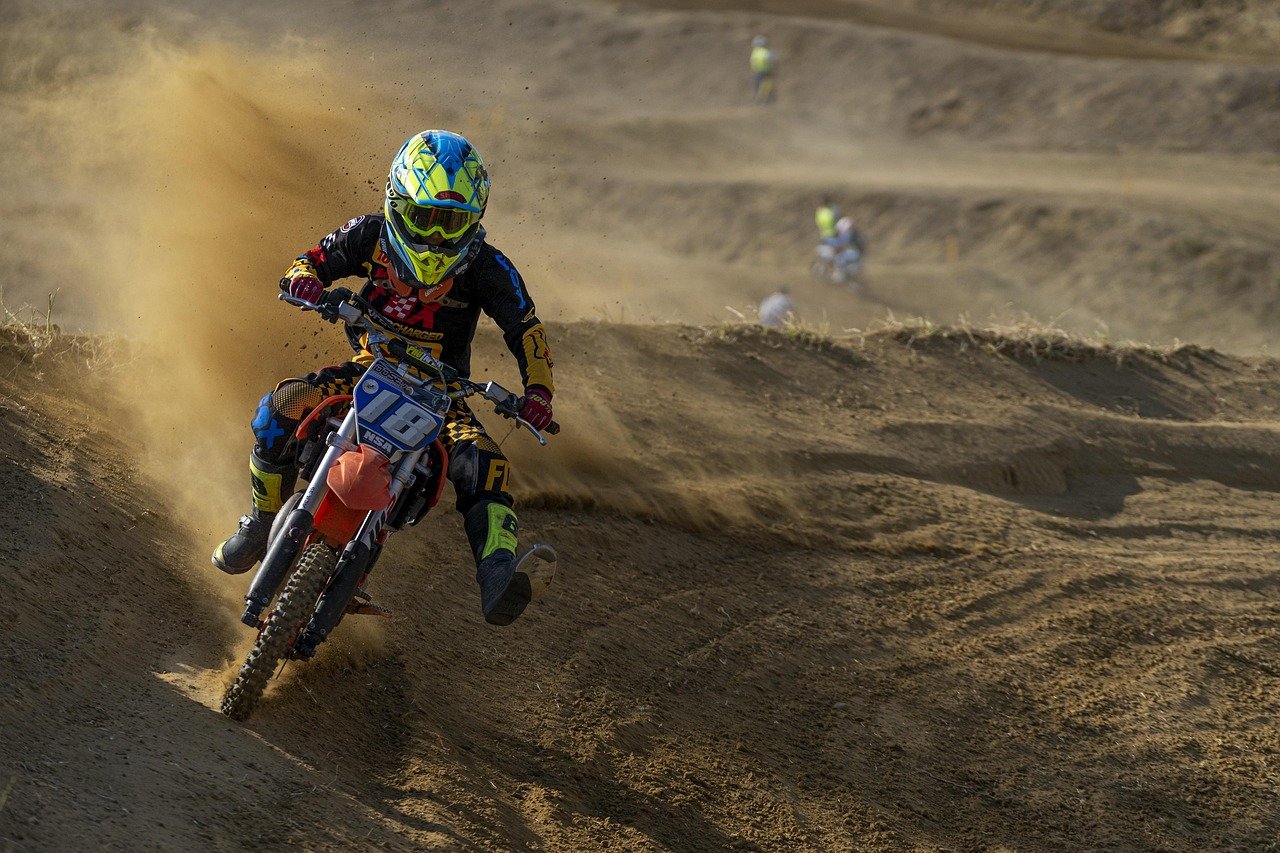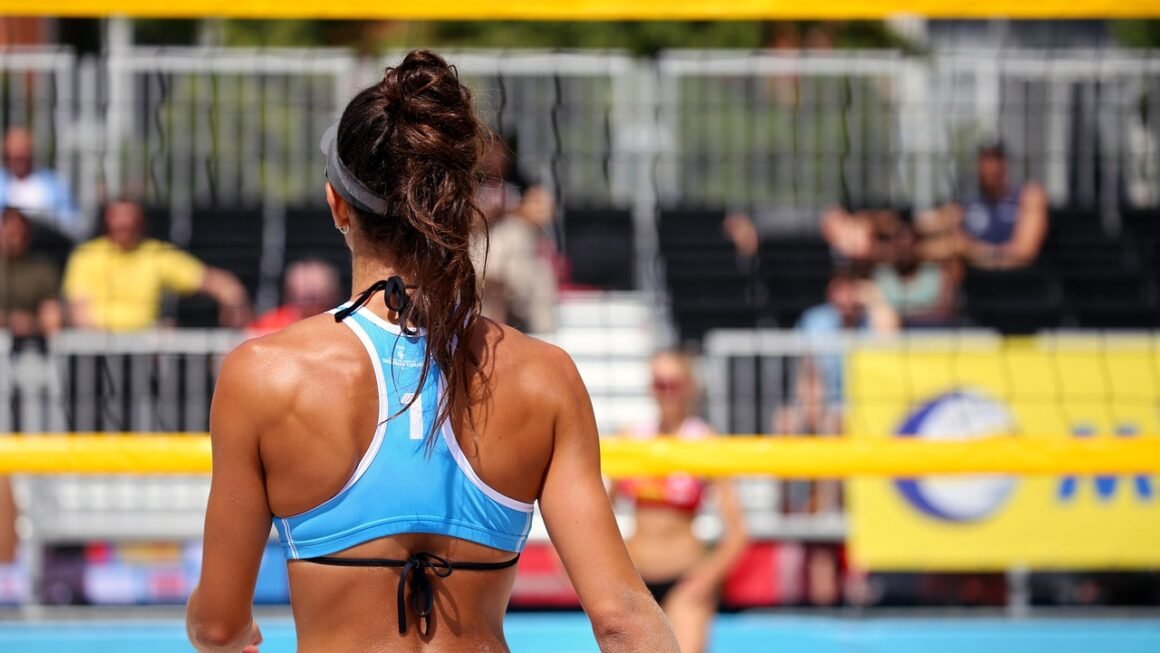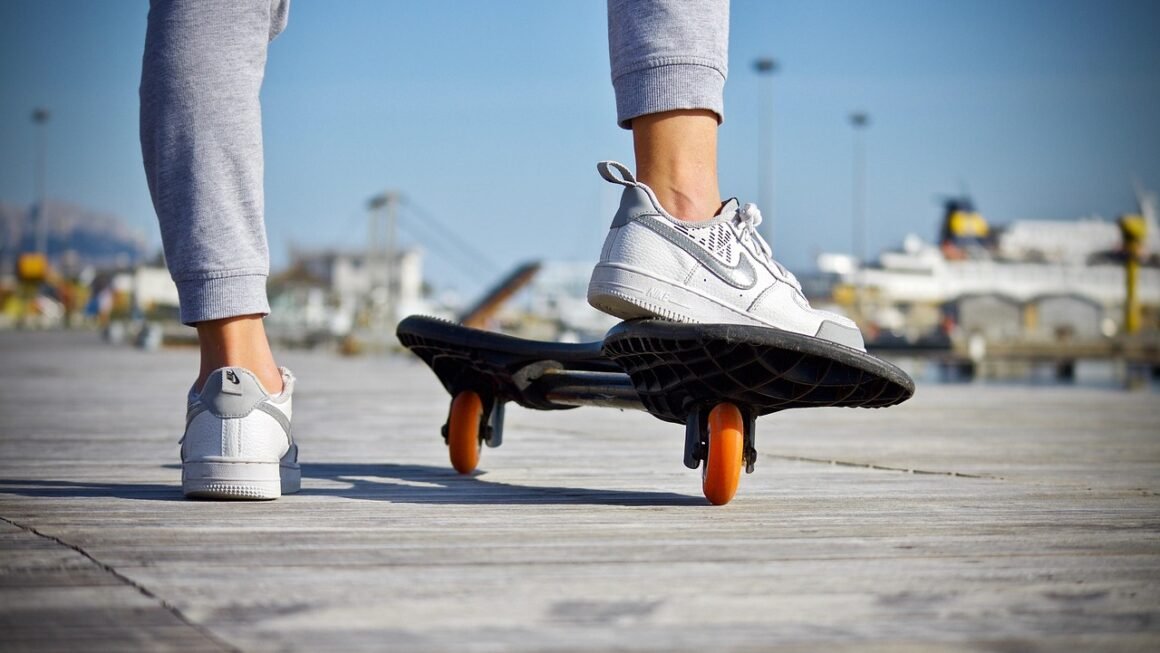Judo, often referred to as “the gentle way,” is more than just a martial art; it’s a philosophy, a sport, and a path to self-improvement. Rooted in principles of leverage and technique rather than brute strength, Judo offers a unique approach to physical fitness, mental discipline, and personal growth. Whether you’re a complete beginner or a seasoned martial artist looking for a new challenge, understanding the core elements of Judo can unlock a world of benefits.
The Origins and Philosophy of Judo
From Jujutsu to Judo: A Historical Perspective
Judo was created by Jigoro Kano in Japan in 1882. Kano, after studying various styles of Jujutsu, sought to create a more refined and safer martial art. He eliminated the more dangerous techniques and emphasized principles of leverage and balance. He founded the Kodokan Judo Institute, which became the center for Judo instruction worldwide.
The Core Principles of Judo
Judo’s philosophy is deeply intertwined with its techniques. Kano emphasized two primary principles:
- Seiryoku Zenyo (Maximum Efficiency, Minimum Effort): This principle focuses on using one’s energy most effectively, leveraging an opponent’s weight and momentum to overcome them, regardless of size or strength. For example, a smaller Judoka (Judo practitioner) can throw a larger opponent by disrupting their balance and using their own force against them.
- Jita Kyoei (Mutual Welfare and Benefit): This principle promotes cooperation and respect among practitioners. The goal is not simply to defeat an opponent but to improve oneself and contribute to the well-being of others. This is reflected in the etiquette and training environment of a Judo dojo (training hall).
Judo as an Olympic Sport
Judo made its Olympic debut at the 1964 Tokyo Olympics. Since then, it has become a staple of the Olympic Games, showcasing the technical prowess and strategic depth of the sport. Olympic Judo competitions adhere to a strict set of rules, emphasizing clean throws and submission techniques. Points are awarded for throws, pins, and submissions, with the ultimate goal being an ippon (full point) which wins the match.
Judo Techniques: Throws, Groundwork, and More
Standing Techniques (Nage-waza)
Nage-waza, or throwing techniques, are a cornerstone of Judo. They involve using leverage and momentum to destabilize and throw an opponent.
- Te-waza (Hand Techniques): These throws utilize the hands and arms to execute the throw. Examples include Seoi-nage (shoulder throw) and Tai-otoshi (body drop). To successfully execute Seoi-nage, a Judoka must disrupt their opponent’s balance, turn their back, and lift and throw the opponent over their shoulder.
- Koshi-waza (Hip Techniques): Hip techniques use the hips as a fulcrum to lift and throw an opponent. Examples include O-goshi (major hip throw) and Uki-goshi (floating hip throw). O-goshi involves placing the hip firmly against the opponent’s body and using a lifting motion to execute the throw.
- Ashi-waza (Foot Techniques): Foot techniques involve using the legs and feet to sweep or trip an opponent. Examples include O-soto-gari (major outer reap) and Ko-uchi-gari (minor inner reap). O-soto-gari is a powerful sweeping technique that targets the opponent’s outer leg, causing them to lose balance and fall.
- Ma-sutemi-waza (Rear Sacrifice Techniques): These are throws where the person throwing goes to the ground.
Ground Techniques (Ne-waza)
Ne-waza, or groundwork techniques, involve controlling and submitting an opponent on the ground.
- Osaekomi-waza (Holding Techniques): These techniques involve pinning an opponent to the ground for a specified period of time. Examples include Kesa-gatame (scarf hold) and Kami-shiho-gatame (upper four-quarter hold). Kesa-gatame requires a firm grip on the opponent’s arm and head, pinning them securely to the mat.
- Shime-waza (Choking Techniques): Choking techniques are used to restrict blood flow to the brain, causing an opponent to submit. Examples include Hadaka-jime (rear naked choke) and Okuri-eri-jime (sliding collar choke). It’s crucial to practice these techniques under the supervision of a qualified instructor to avoid injury.
- Kansetsu-waza (Arm Locks): Arm locks involve applying pressure to a joint, forcing an opponent to submit. Examples include Ude-garami (entangled arm lock) and Juji-gatame (cross arm lock). These techniques can be dangerous if applied improperly, so proper training is essential.
Randori and Kata: Applying Judo Techniques
- Randori (Free Practice): Randori is a form of sparring where practitioners can freely apply the techniques they have learned. It’s a crucial aspect of Judo training, allowing practitioners to develop their timing, reflexes, and strategic thinking.
- Kata (Forms): Kata are prearranged forms that demonstrate specific techniques and principles of Judo. They are used to preserve and transmit Judo knowledge and to develop precision, balance, and coordination. Nage-no-kata (forms of throwing) is a common kata practiced by Judokas.
Benefits of Practicing Judo
Physical Benefits
Judo provides a comprehensive workout that benefits the entire body.
- Improved Strength and Endurance: Judo requires both explosive strength for throws and sustained endurance for grappling.
- Enhanced Flexibility and Coordination: The dynamic movements and stretches involved in Judo improve flexibility and coordination.
- Cardiovascular Fitness: Randori provides an intense cardiovascular workout, improving heart health and stamina.
- Weight Management: Judo can be an effective way to burn calories and manage weight. A typical Judo class can burn between 500 and 800 calories per hour, depending on the intensity.
Mental Benefits
Beyond the physical aspects, Judo offers significant mental benefits.
- Increased Self-Discipline and Focus: Judo requires discipline and focus, helping practitioners develop these qualities in other areas of their lives.
- Improved Confidence and Self-Esteem: Mastering Judo techniques and overcoming challenges can boost confidence and self-esteem.
- Stress Reduction: The physical exertion and mental focus required in Judo can help reduce stress and improve overall well-being.
- Strategic Thinking: Judo involves strategic thinking and problem-solving, which can enhance cognitive abilities.
Social Benefits
Judo fosters a sense of community and belonging.
- Building Friendships: Training with fellow Judokas creates strong bonds and lasting friendships.
- Learning Respect and Etiquette: Judo emphasizes respect for instructors and training partners, fostering a positive and supportive environment.
- Developing Leadership Skills: Senior Judokas often mentor and guide junior practitioners, developing leadership skills.
Judo Training: What to Expect
Finding a Dojo and Choosing an Instructor
The first step is to find a reputable Judo dojo with a qualified instructor. Look for an instructor with a high-ranking black belt and experience in teaching Judo. Visit several dojos and observe a class to get a feel for the training environment and teaching style. Ask about the instructor’s qualifications and experience, as well as the dojo’s safety protocols.
Essential Equipment and Attire
The primary piece of equipment in Judo is the Judogi, the traditional Judo uniform.
- Judogi (Judo Uniform): The Judogi is made of durable cotton and consists of a jacket, pants, and belt. The belt color indicates the practitioner’s rank. A white belt signifies a beginner, while black belts represent advanced practitioners.
- Proper Fit: Ensure the Judogi fits properly, allowing for freedom of movement. The jacket sleeves should reach the wrist, and the pants should reach the ankle.
- Belt: The belt must be tied correctly, with the ends hanging evenly. Tying the belt properly is a sign of respect and readiness to train.
What a Typical Judo Class Looks Like
A typical Judo class usually includes:
- Warm-up: The class begins with a warm-up to prepare the body for training. This may include stretching, jogging, and calisthenics.
- Ukemi (Breakfalls): Practicing breakfalls is essential for safety. Breakfalls teach practitioners how to fall safely and minimize the risk of injury.
- Technique Instruction: The instructor demonstrates and explains specific Judo techniques, providing guidance on proper form and execution.
- Partner Practice: Practitioners pair up to practice the techniques they have learned, taking turns as uke (receiver) and tori (attacker).
- Randori (Free Practice): Randori allows practitioners to apply their techniques in a dynamic and challenging environment.
- Cool-down: The class concludes with a cool-down to help the body recover. This may include stretching and light exercises.
Judo for All Ages and Abilities
Judo for Children
Judo is an excellent activity for children, promoting physical fitness, mental discipline, and social skills. Judo can help children develop coordination, balance, and self-confidence. It also teaches them respect, discipline, and the importance of teamwork. Many Judo dojos offer classes specifically designed for children, with a focus on safety and fun.
Judo for Adults
Judo is a challenging and rewarding activity for adults of all ages and abilities. It can provide a comprehensive workout, improve mental focus, and foster a sense of community. Whether you’re looking to get in shape, learn self-defense, or challenge yourself mentally and physically, Judo can offer a unique and fulfilling experience.
Adaptive Judo
Adaptive Judo is designed for individuals with disabilities, allowing them to participate in Judo and experience its many benefits. Adaptive Judo modifications may include adapted techniques, specialized equipment, and individualized instruction. This ensures that individuals with disabilities can safely and effectively participate in Judo.
Conclusion
Judo is a multifaceted discipline that offers a wealth of benefits for practitioners of all ages and abilities. From its rich history and philosophical underpinnings to its diverse range of techniques and training methods, Judo provides a pathway to physical fitness, mental discipline, and personal growth. Whether you’re seeking a new martial art, a challenging sport, or a path to self-improvement, exploring the world of Judo can be a transformative experience. So, step onto the mat, embrace the “gentle way,” and discover the power within you.



